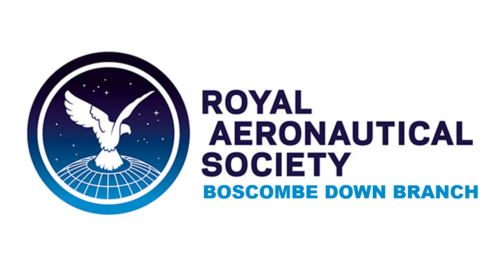Audio: Classic Lecture Series: The beginnings of powered flight: The Wright Brothers contribution to aviation
YOU CAN LISTEN TO PAPERS FROM THIS SEMINAR BELOW (just click on the arrow button to ‘Play’), VISIT THE SOCIETY’S ‘SOUNDCLOUD’, OR SUBSCRIBE FOR FREE ON ITUNES.
Orville and Wilbur Wright were the first men to conquer Man’s dream of powered flight, but whose shoulders did they stand on? How did their earlier work effect their success? How did they resolve the problems that had kept others on the ground? How did they exploit their invention? What impact did they have in later years? To mark the centenary of the Wright Brothers first flight, the Royal Aeronautical Society’s Historical Group brought together six Wright experts, from both sides of the Atlantic, to answer these questions.
The seminar took place on 10 May 2003, the podcasts were edited by Mike Stanberry FRAeS and they were digitised thanks to a grant from the Royal Aeronautical Society Foundation.
From antiquity to the era of the Wrights by J. A. D. Ackroyd
Covering 2000 years of history in 40 minutes flat, John Ackroyd outlines the scientific and the practical paths to achieving powered flight. Starting with the theoretical achievements made by, amongst others, Sir Isaac Newton and Sir George Cayley, and the developments in aerodynamic knowledge brought by experiments of the whirling arm and an understanding of fluid flow, John Ackroyd moves onto looking at the late nineteenth century aircraft concepts of John Stringfellow, Horatio Philips, Otto Lilienthal, Percy Pilcher, Sir Hiram Maxim and Samuel Langley. Serendipity, Ackroyd argues, brought the two paths together to enable the Wright Brothers to fly.
The lecture concludes with a question and answer session.
Prelude to Kitty Hawk: America, the Wrights and the early history of inventing flight by Richard P. Hallion
After the death of Otto Lilienthal, the vital impulse compelling research on man-flight passed from Europe to America. In this paper, Dick Hallion looks at the two of the Wright Brothers immediate contemporaries, Octave Chanute and Samuel Langley, before moving onto the early life and work of Wilbur and Orville Wright and the selection of Kitty Hawk as their test ground.
The lecture concludes with a question and answer session.
Twelve seconds that changed the world: the Wrights’ achievement of flight, 1903 by Peter L. Jakab
Wilbur and Orville Wright placed their names firmly in the pantheon of great American inventors and their creation of the world’s first successful, powered, heavier-than-air flying machine and inaugurated the aerial age, one of the defining characteristics of the twentieth century.
In this paper, Peter Jakab takes us through the life and early career of Wilbur and Orville Wright, their approach to invention and how they developed their theories and their aircraft up to the momentous events of 17 December 1903.
The remaining three lectures delivered as part of this seminar, Scientific & technical aspects of the Wrights’ achievement by Prof. D. I. A. Poll, The Wright influence in Europe by Philip Jarrett & The Wright Brothers : the United Kingdom connection by Gordon Bruce, will be released in late July.
The National Aerospace Library
20 June 2019
